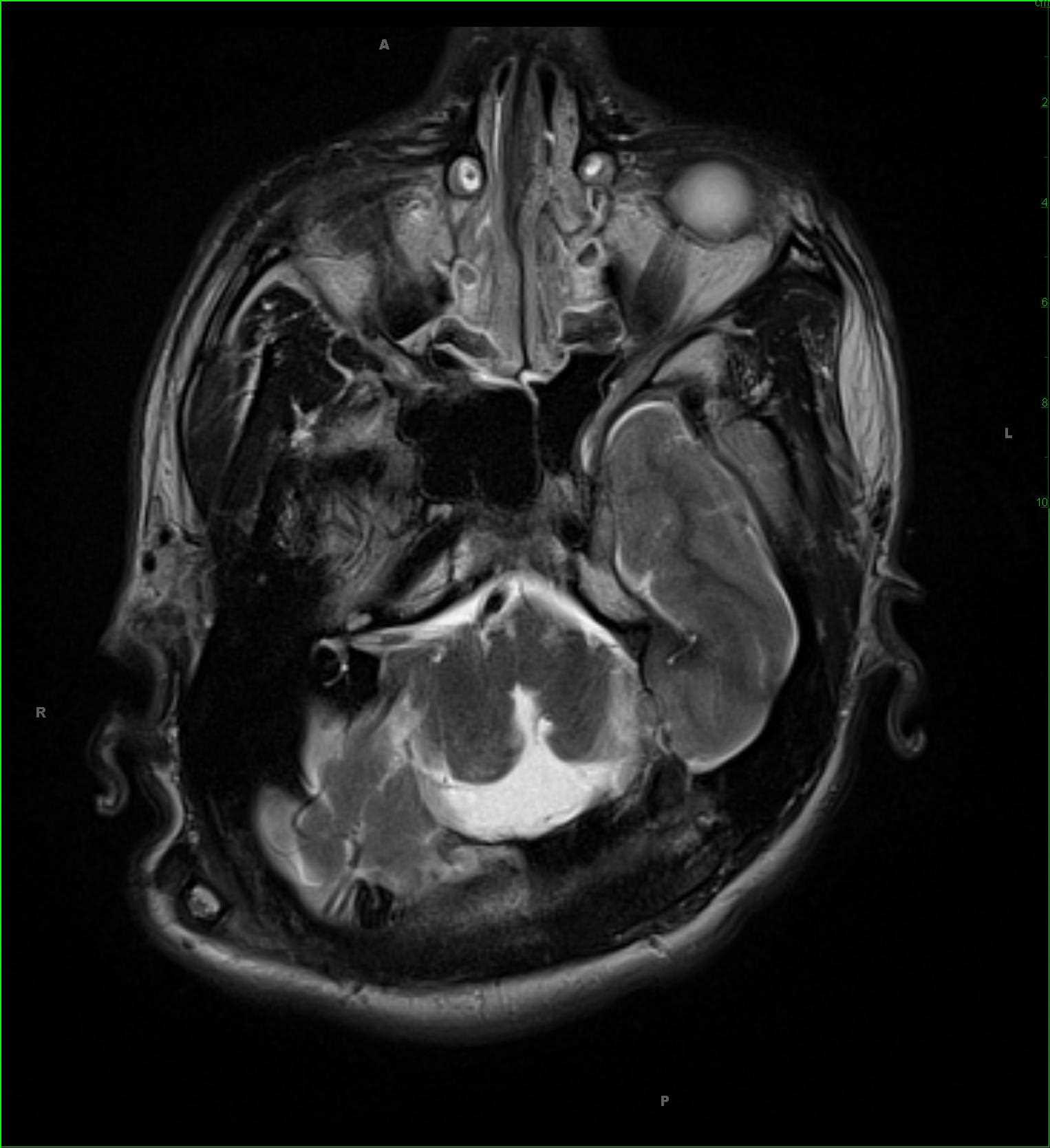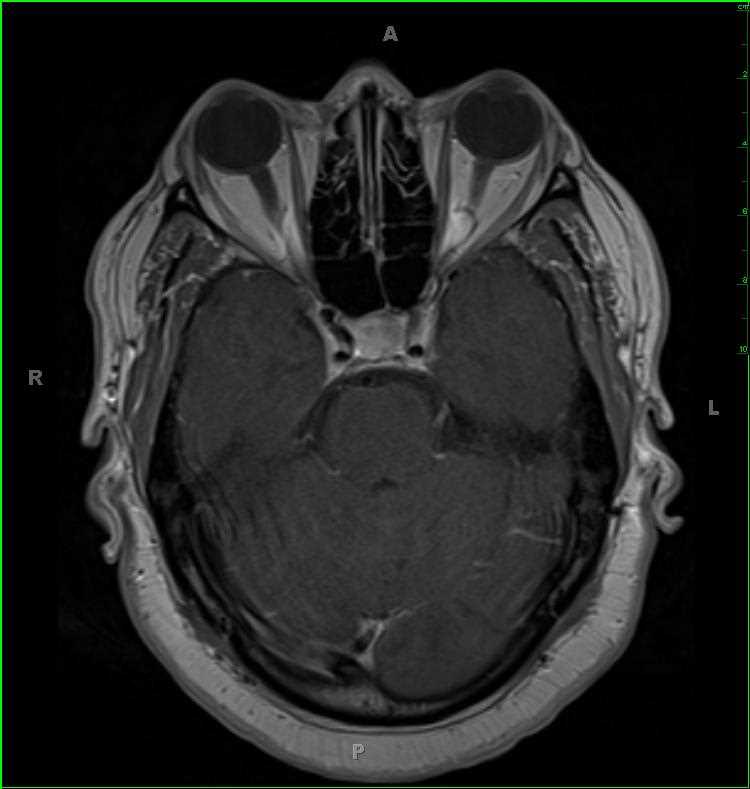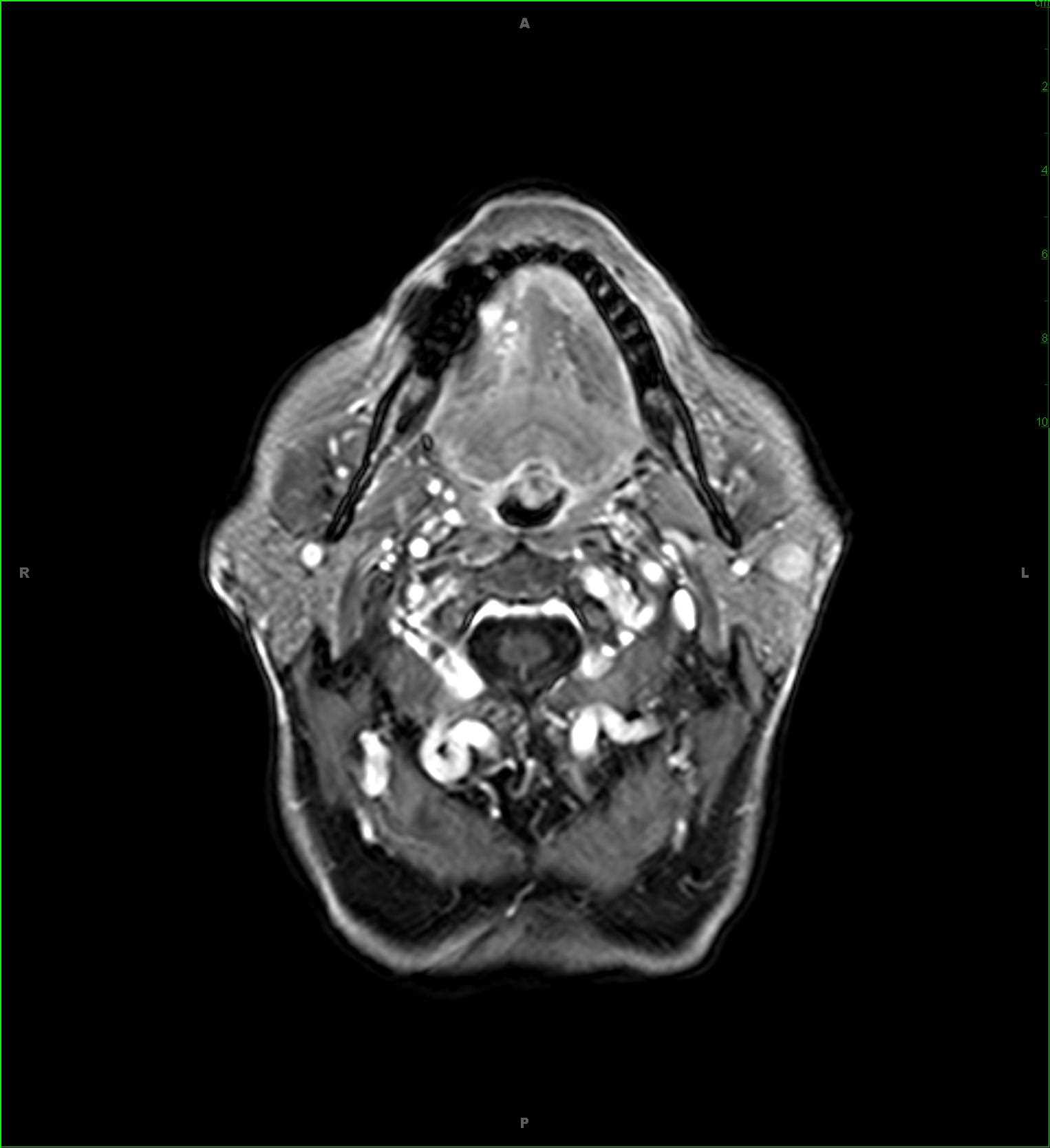
- 2
- ,
- 3
- 8
- 1
To Quiz Yourself: Select OFF by clicking the button to hide the diagnosis & additional resources under the case.
Quick Browser: Select ON by clicking the button to hide the additional resources for faster case review.
CASE NUMBER
234
Diagnosis
Callosal Dysgenesis, Cortical Gray Matter Heterotopia, and Small Posterior Cranial Fossa, NO Dandy-Walker
Note
This is a case of callosal dysgenesis, cortical gray matter heterotopia, right parietal intraparenchymal cyst and small posterior cranial fossa. There is a small genu of the corpus callosum with absence of the body, splenium, and rostrum. In addition, there is region of encephalomalcia in the right occipitoparietal region with a possible parenchymal cyst. The posterior cranial fossa is small and with a low-lying torcula. The vermis is intact. Corpus callosal abnormalities range from primary agenesis, the callosum never forms, to secondary dysgenesis, the callosum forms and is subsequently damaged or destroyed. Gray matter heterotopia results from interruption of neuronal migration from the ventricular margin to the cortex, resulting in normal neurons in abnormal locations. Gray matter heterotopias can either be nodular or diffuse. Nodular forms include both subependymal heterotopia, which is the most common and is present in this case, as well as subcortical heterotopia. There was no spinal dysraphism in the lumbosacral region.
THIS IS CASE
234
OF
396












